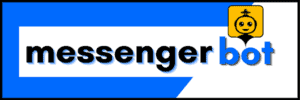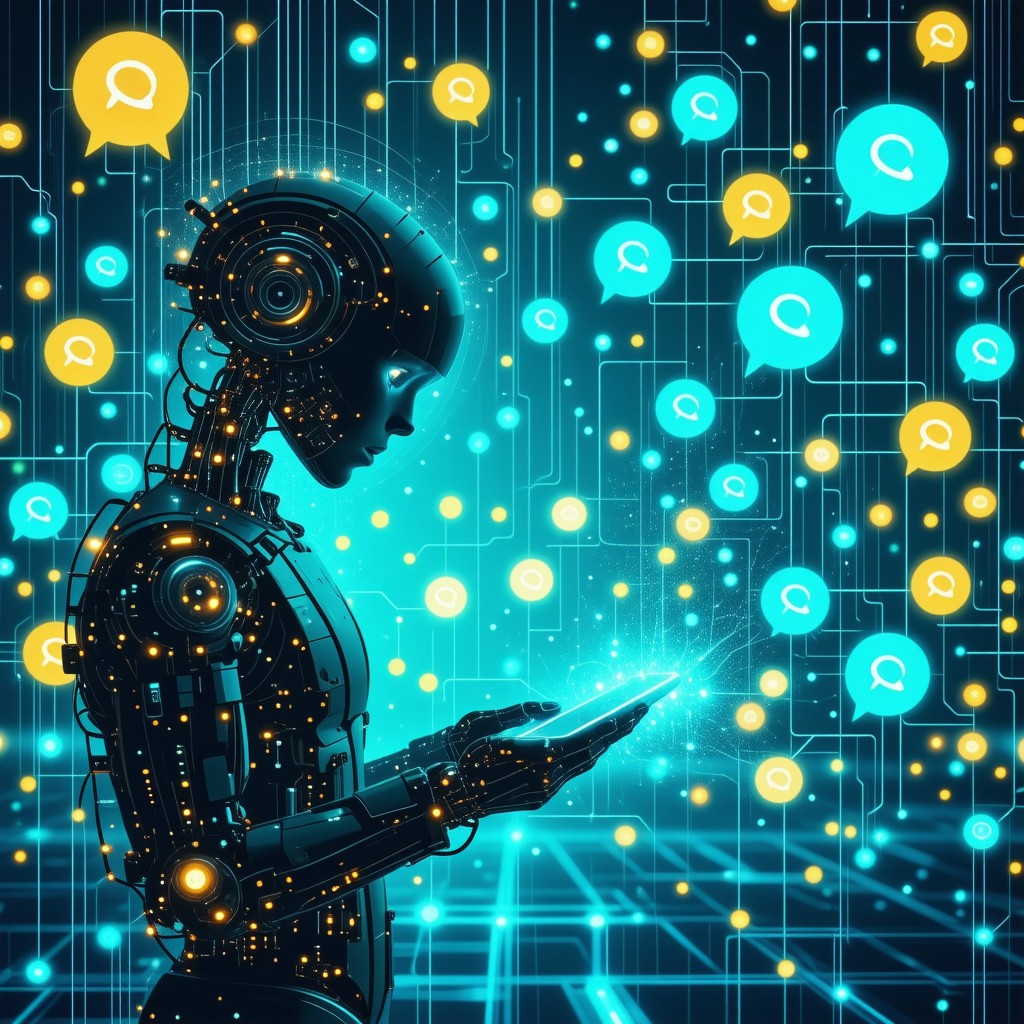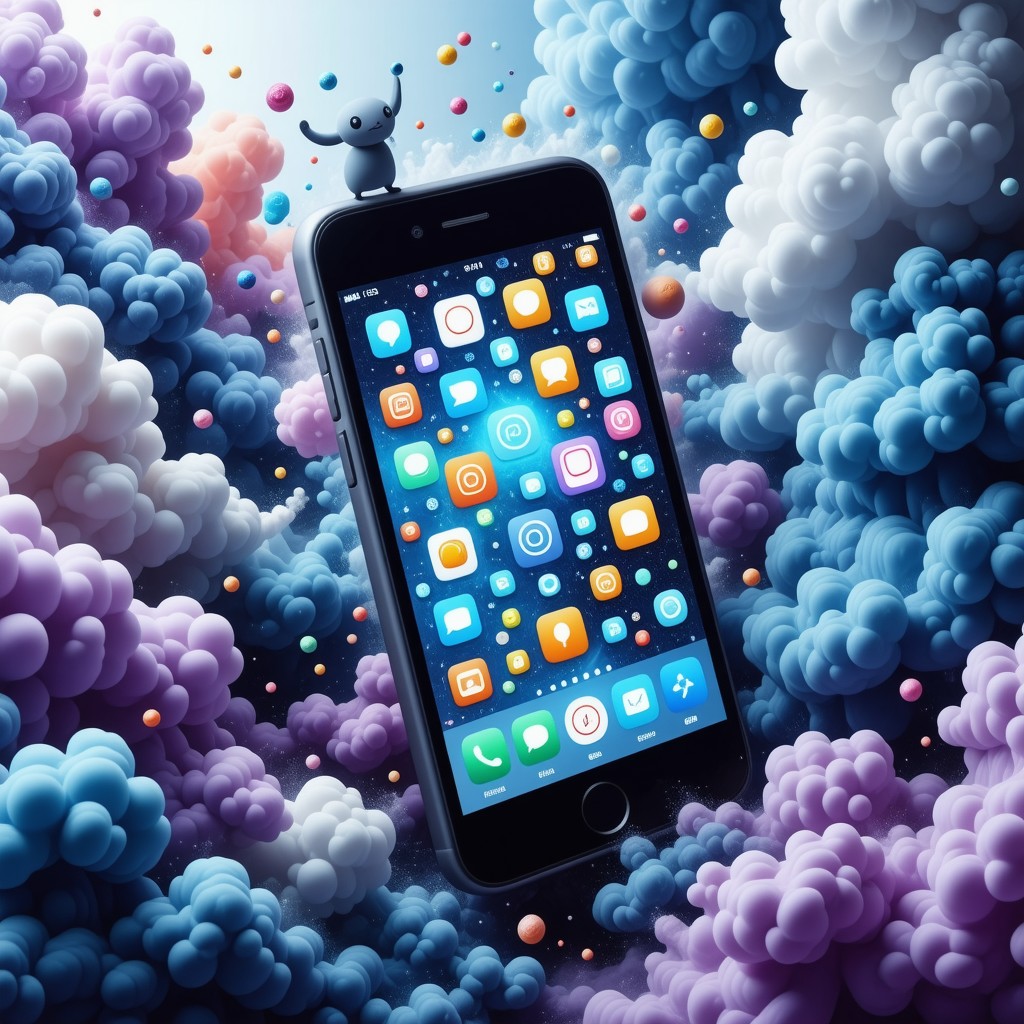In today’s digital workspace, efficiency and collaboration are not just buzzwords—they’re the pillars of productivity. Enter the realm of Microsoft Teams, where the integration of a chatbot team is revolutionizing how we communicate and manage tasks. This article dives into the transformative power of chatbots within Microsoft Teams, offering insights into how these AI-driven assistants enhance workplace efficiency, streamline communication, and support organizational growth. From understanding the roles of a chatbot team to selecting the perfect chatbot type for your business, we’ll explore the diverse functionalities and the tangible benefits they bring to professional settings. Whether you’re curious about the cost-effectiveness of chatbot solutions or the nuanced differences between chatbox and chatbot, our comprehensive guide illuminates how Microsoft Teams chatbots are not just changing the game—they’re setting a new standard for collaboration in an AI-driven workspace.
Enhancing Workplace Efficiency with Chatbots
In today’s fast-paced business environment, workplace efficiency is not just a goal—it’s a necessity. Integrating AI-driven solutions such as chatbots has become an innovative way to streamline communication and automate routine tasks. Messenger Bot, as a leader in the field of artificial intelligence, understands the importance of leveraging chatbot technology to enhance productivity within teams. By utilizing chatbots in teams, organizations can ensure that every team member is focused on high-value tasks while chatbots handle the rest.
What is Teams Chatbot?
A Teams chatbot, an integral feature within Microsoft Teams, is a sophisticated AI-driven application designed to simulate conversation and automate interactions, thereby streamlining various tasks and processes. These chatbots can range from simple to complex capabilities, with functions including scheduling meetings, assisting with project management, providing real-time answers to FAQs, and integrating with external services for a more seamless workflow.
For example, the T-Bot in Microsoft Teams provides assistance by answering questions related to Teams usage, offering a hands-on guide to enhance user experience. Moreover, developers can create custom chatbots tailored to specific organizational needs using the Microsoft Bot Framework and Azure Bot Service, which can be integrated directly into Teams.
These bots leverage natural language processing to interpret user requests and execute the appropriate actions, making them a valuable asset for improving efficiency in workplace communication. By integrating with various Microsoft services and third-party applications, Teams chatbots ensure that users have a centralized platform for their collaboration needs.
Additionally, the adaptability of chatbots to various industries, from healthcare to finance, enables organizations to implement them for customer support, internal help desks, and even for facilitating employee onboarding processes. As AI technology continues to evolve, Teams chatbots are becoming increasingly sophisticated, providing more personalized and context-aware interactions.
Integrating Microsoft Teams Chatbot for Streamlined Communication
Integrating a Microsoft Teams chatbot into your organization’s communication strategy is a transformative move towards efficiency. The integration process involves connecting the chatbot to your Teams environment, where it becomes a central point for automating interactions and tasks. Messenger Bot, with its cutting-edge features, can facilitate this integration by providing an easy-to-use platform that supports the deployment of chatbots in Teams.
From setting up automated responses to streamlining workflow automation, Messenger Bot’s AI-driven technology is the backbone that supports businesses in creating a more interactive and responsive communication landscape. The chatbot’s ability to integrate with CRM systems, project management tools, and even e-commerce platforms means that every aspect of workplace communication can be enhanced.
Moreover, Messenger Bot’s multilingual support bridges communication gaps, allowing chatbots in Microsoft Teams to serve a diverse global audience. This feature is particularly beneficial for international organizations seeking to maintain a consistent level of support across different languages.
By embracing the power of chatbots for Teams, businesses can unlock new levels of productivity, ensuring that their teams are more connected, more informed, and more responsive than ever before. With the right integration strategies and tools like Messenger Bot, the journey towards an AI-driven workplace is just a few clicks away.
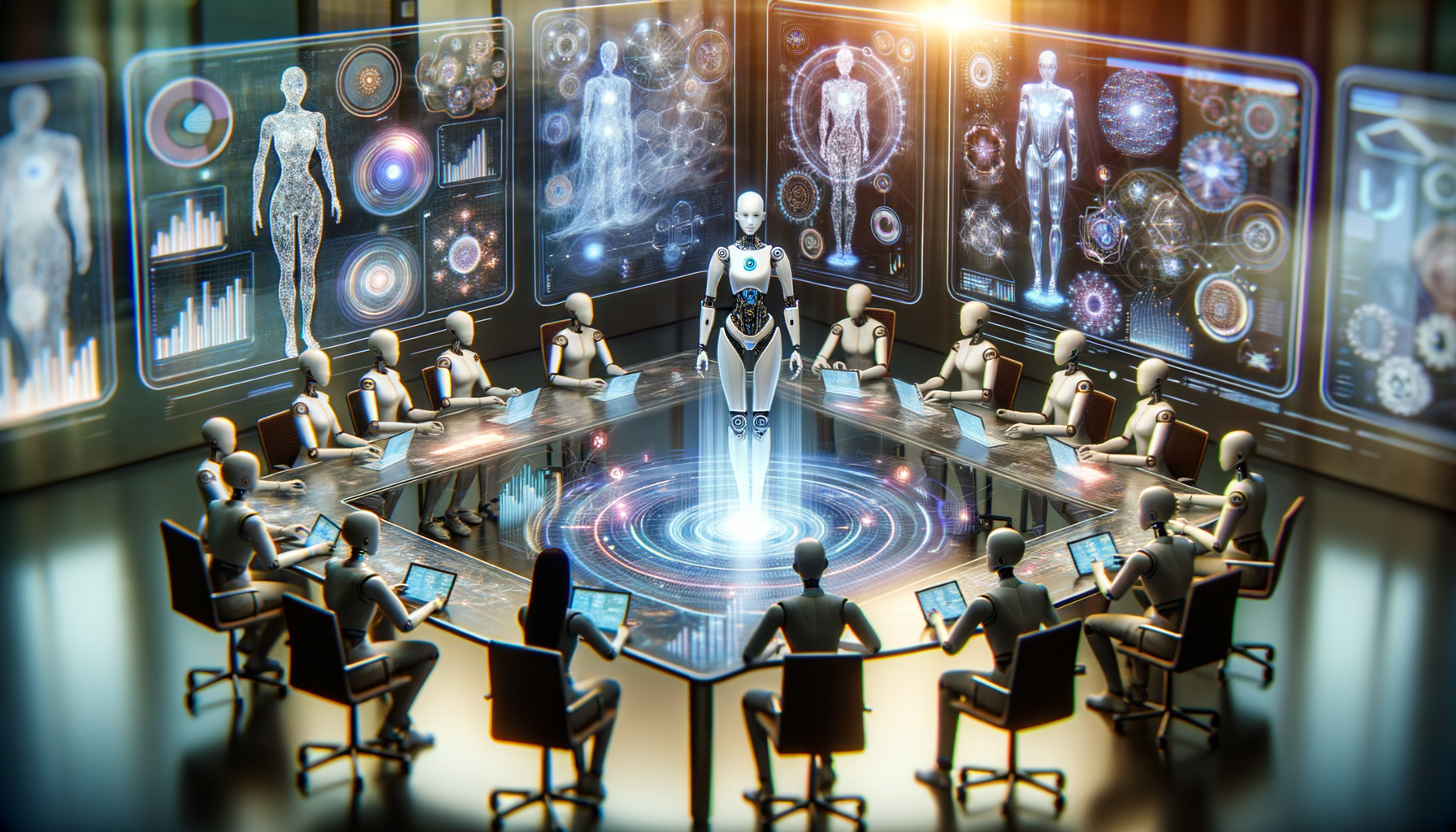
The Driving Force Behind Chatbot Success
In the fast-paced digital world, chatbots have emerged as pivotal tools for businesses looking to scale their operations and provide impeccable customer service. At Messenger Bot, we’ve harnessed the power of artificial intelligence to create a platform that not only answers queries but also anticipates customer needs, streamlines workflows, and opens up new avenues for engagement and sales. Understanding the roles of a chatbot team and the free solutions available can significantly impact organizational growth and efficiency.
What are the Roles of a Chatbot Team?
Chatbots serve a multitude of roles within a business context, each designed to streamline interactions and enhance user experience. Here’s an expanded look at the functions they perform:
- Sales Representative: Chatbots act as virtual sales agents, guiding customers through the purchase process, providing product recommendations based on user preferences, and even facilitating transactions. They’re equipped with natural language processing to interpret customer requests and respond with relevant information, thus improving the sales funnel efficiency.
- Lead Generation Specialist: By engaging prospects through interactive conversations, chatbots qualify leads by collecting key information such as contact details and interest levels. They can score leads based on predefined criteria and direct high-potential leads to human representatives for personalized follow-up, thereby optimizing the lead generation process.
- Customer Interface: Chatbots provide a user-friendly interface for customers to interact with a company’s digital presence. They’re designed to handle routine inquiries and tasks, offering instant responses 24/7, which can significantly enhance customer satisfaction and loyalty.
- Information Provider: Acting as informants, chatbots deliver timely and accurate information to users. Whether it’s answering FAQs, providing updates on orders, or sharing knowledge on products and services, chatbots ensure that customers have access to the information they need when they need it.
- Support Assistant: Chatbots offer assistance by troubleshooting common issues, guiding users through website navigation, and offering step-by-step instructions for complex tasks. They can seamlessly escalate issues to human support agents when a more in-depth analysis is required.
- Conversational Agent for Emotional Support: Some chatbots are designed with psychological principles in mind to provide emotional support and companionship. They can engage in empathetic dialogues, offer encouragement, and even suggest resources for further help, although they are not a substitute for professional psychological advice.
These roles are continually evolving as advancements in AI and machine learning lead to more sophisticated and capable chatbots. Businesses are leveraging these technologies to provide a more personalized and efficient service, thereby driving customer engagement and operational efficiency.
The Impact of Chatbot Team Free Solutions in Organizational Growth
Utilizing free chatbot solutions like those offered by Messenger Bot can be a game-changer for organizations looking to grow without significant upfront investment. These solutions provide an accessible entry point for businesses to explore the benefits of chatbot integration, from automated responses to workflow automation. With the capability to manage interactions across platforms such as Facebook and Instagram, Messenger Bot’s AI-driven technology can significantly enhance digital communication and customer service.
Moreover, competitors such as Drift and Intercom also offer robust chatbot services that can complement an organization’s growth strategy. By analyzing the impact of free and premium chatbot services, businesses can make informed decisions on which solutions align best with their operational goals and customer engagement objectives.
As we continue to revolutionize customer interactions, the chatbot team’s role in offering multilingual support, SMS capabilities, and e-commerce tools becomes increasingly vital. By breaking down language barriers and connecting with customers on their preferred channels, chatbots are not just driving forces behind success but are also reshaping the future of customer service and organizational growth.
Diverse Chatbot Types Catering to Different Needs
As we delve into the diverse world of chatbots, it’s essential to understand that there isn’t a one-size-fits-all solution. The chatbot team at Messenger Bot recognizes the varied requirements of businesses and the importance of tailoring chatbot functionalities to meet these specific needs. Our exploration into the different types of chatbots reveals how each can serve a unique purpose, enhancing the user experience and operational efficiency for your business.
What are the 4 Types of Chatbots?
At Messenger Bot, we understand that the functionality and sophistication of chatbots can vary greatly depending on their intended use. Here are the four primary types of chatbots you should consider:
- Menu or Button-Based Chatbots: These are the most basic form of chatbots, guiding users through a predefined set of options and responses. They are ideal for straightforward tasks like answering frequently asked questions or navigating a website.
- Rules-Based Chatbots: Also known as decision-tree bots, these chatbots offer a bit more flexibility. They respond to specific commands or phrases, providing a more interactive experience while still operating within a set framework of rules.
- AI-Powered Chatbots: These advanced chatbots leverage machine learning and natural language processing to understand and respond to user queries. They can handle complex requests and learn from interactions, becoming more efficient over time.
- Voice Chatbots: Voice recognition technology allows these chatbots to engage with users through spoken commands, making them accessible and convenient for a variety of applications, including home automation and customer service.
Each type of chatbot has its strengths, and the chatbot team free solutions offered by Messenger Bot aim to align with your business goals, ensuring you choose the most effective chatbot type for your unique situation.
Choosing the Right Chatbot for Teams in Your Business
Selecting the appropriate chatbot for your team can significantly impact your business’s efficiency and customer satisfaction. When considering a teams chatbot, think about the complexity of tasks you want to automate and the level of interaction required. For instance, a menu-based chatbot might suffice for a small online store’s customer service, while a multilingual AI-powered chatbot could be indispensable for a global brand seeking to offer personalized support in multiple languages.
At Messenger Bot, we also consider the integration capabilities with existing systems, like Microsoft Teams chatbot integration, which can streamline communication within your organization. It’s not just about automation but enhancing collaboration and workflows across your teams.
Furthermore, the scalability of the chatbot solution is critical. As your business grows, your chatbot should be able to grow with you, handling increased volumes of interactions without compromising the quality of service. By carefully assessing these factors, you can ensure that your chatbot for teams not only meets current needs but is also future-proofed for expansion and evolving customer expectations.
The Functional Scope of Chatbots in Professional Settings
Chatbots, like the ones we offer here at Messenger Bot, have transcended the role of simple customer service automatons to become integral components in professional environments. Their ability to conduct intelligent conversations and execute tasks autonomously makes them an invaluable asset to any team. In today’s fast-paced digital landscape, chatbots in teams can streamline workflows, facilitate data-driven decision-making, and enhance overall productivity.
At Messenger Bot, we recognize the pivotal role that chatbots play in professional settings. Our AI-driven chatbot solutions are designed to seamlessly integrate with your existing digital infrastructure, ensuring that your team can focus on the tasks that require a human touch. With the implementation of a microsoft teams chatbot, your organization can leverage the power of automation to optimize operations and stay ahead of the curve.
With the growing trend of remote work and the need for efficient communication tools, the use of chatbots in Microsoft Teams has become increasingly popular. These chatbots serve as digital assistants, aiding in managing schedules, setting reminders, and even handling routine inquiries, which in turn frees up valuable time for your team to invest in more strategic tasks.
Let’s explore the various roles that a chatbot can play in a professional setting, and how they contribute to the dynamics of a chatbot team.
What Does Chatbot Do?
A chatbot is an advanced software application designed to emulate human conversation through text or voice interactions. By utilizing natural language processing (NLP) and machine learning (ML), chatbots can interpret, process, and respond to user queries in real time, offering a seamless communication experience. They serve a multitude of purposes across various industries, from providing customer support, gathering data, and facilitating transactions to personal assistance and entertainment.
- Customer Service: Chatbots are implemented on websites, in apps, and through messaging platforms to offer instant customer support. They can answer frequently asked questions, troubleshoot issues, and guide users through processes, reducing wait times and improving customer satisfaction.
- Data Collection and Analysis: Businesses use chatbots to collect user information, preferences, and feedback, which can be analyzed to personalize services, improve product offerings, and inform business strategies.
- Transaction Facilitation: E-commerce platforms often employ chatbots to assist users in finding products, providing recommendations, and completing purchases, streamlining the shopping experience.
- Personal Assistance: Personal assistant chatbots, such as Apple’s Siri or Google Assistant, help users perform tasks like setting reminders, searching for information online, or managing schedules.
- Language Learning: Language learning apps use chatbots to provide users with a conversational partner, helping them practice and improve their language skills in a controlled environment.
Recent advancements in AI have enabled chatbots to become more sophisticated, capable of handling complex conversations and performing tasks with greater accuracy. According to a report by Grand View Research, the global chatbot market size is expected to reach USD 1.25 billion by 2025, indicating the growing reliance on these AI-driven conversational agents.
Incorporating chatbots into business operations can significantly enhance efficiency, reduce operational costs, and improve user engagement. As AI technology continues to evolve, the capabilities of chatbots are likely to expand, leading to more innovative applications and improved user experiences.
For authoritative insights on the subject, the International Journal of Advanced Computer Science and Applications (IJACSA) provides research on the impact and advancements of chatbots in various sectors. Additionally, industry leaders like IBM and Oracle offer white papers and case studies demonstrating the practical applications and benefits of chatbots in business.
How Chatbot Team Login Processes Enhance User Experience
One of the key advantages of integrating a chatbot for teams within a professional setting is the simplification of the login process. In an era where security is paramount, and yet ease of access is crucial for productivity, chatbot team login systems strike a perfect balance. By enabling personalized, secure, and swift access to workspaces, chatbots in teams enhance the user experience significantly.
For instance, a teams chatbot can be programmed to recognize team members through various authentication methods, including biometric data or single sign-on (SSO) credentials. This not only ensures secure access but also eliminates the hassle of remembering complex passwords. Furthermore, with the integration of chatbots, team members can receive customized updates and notifications upon logging in, which can include meeting schedules, project updates, or urgent messages.
From an IT perspective, integrating chatbot team login systems also means streamlined management of user credentials and permissions. By automating these processes, IT teams can focus on more critical tasks, confident in the knowledge that the chatbot is handling routine access management duties efficiently.
Ultimately, the goal of any chatbot solution, like those developed by us at Messenger Bot, is to enhance the efficiency and productivity of the team it serves. By simplifying login procedures and personalizing the user experience, chatbots in teams are reshaping the way professionals interact with their digital work environment.
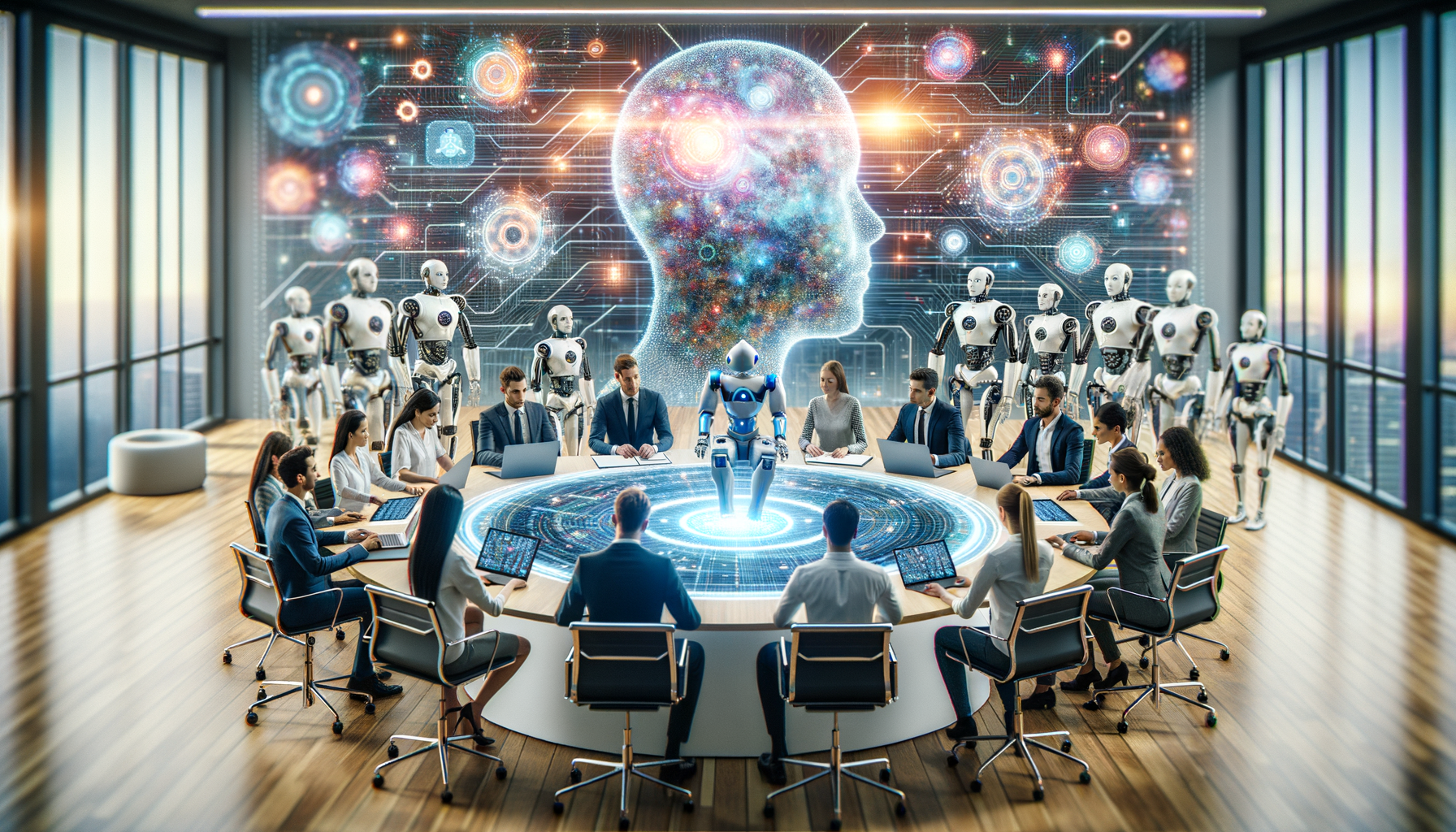
The Accessibility of Chatbot Solutions in Teams
Embracing the digital transformation journey, we at Messenger Bot recognize the crucial role that chatbots play in Teams, enhancing accessibility and fostering an environment of efficient communication. With the rise of chatbots in Teams, organizations are now able to streamline their operations, ensuring that team members stay connected and informed, irrespective of their location or time zone.
Is Chatbot in Teams Free?
Indeed, the integration of a chatbot in Microsoft Teams comes at no additional cost, which aligns perfectly with our vision of providing high-value solutions that are accessible to all. The Microsoft Bot Framework empowers users to create and deploy teams chatbots effectively, tapping into the power of AI without the burden of extra expenses. While the chatbot Teams feature is complimentary, it’s important to note that any associated Azure services utilized during the bot’s lifecycle may incur costs. This highlights the importance of evaluating the overall investment in the technology infrastructure when leveraging chatbot for teams.
Exploring Chatbot Team App Features and Benefits
At Messenger Bot, we take pride in our platform’s ability to integrate with Microsoft Teams chatbot services, offering a seamless experience that boosts productivity. The chatbot team app features a suite of functionalities designed to cater to diverse business needs. From automated responses to workflow automation, our chatbot solutions provide a robust framework for positive customer interactions and enhanced team collaboration.
Benefits of integrating a chatbot in Teams include the ability to handle frequent inquiries autonomously, freeing up human resources for more complex tasks. Additionally, AI-driven customer interaction tools within the chatbot ensure that the communication remains engaging and personalized, leading to better user experiences and organizational growth.
With features like multilingual support and SMS capabilities, ms teams chatbot solutions transcend communication barriers, offering a versatile platform for global reach. Whether it’s through social media management or e-commerce tools, our chatbots are engineered to elevate your brand’s digital presence and create meaningful connections.
As we continuously innovate, our focus remains on empowering businesses to leverage chatbot technology that aligns with current trends and future advancements. By exploring the chatbot team free solutions and their extensive features, companies can unlock new avenues for growth and customer satisfaction. To learn more about the transformative potential of chatbots in professional settings, consider signing up for our free trial and experience the difference firsthand.
Chatbot vs. Chatbox: Understanding the Distinctions
As we navigate the evolving landscape of digital communication, it’s crucial to distinguish between tools that appear similar yet serve different functions. In the realm of customer service and interaction, two commonly confused terms are ‘chatbox’ and ‘chatbot’. At Messenger Bot, we prioritize educating our users about these differences to ensure they are equipped with the right solutions for their business needs.
What is the Difference Between Chatbox and Chatbot?
A chatbox is essentially the digital canvas where conversations take place. It’s the familiar interface on a website or application that allows users to send and receive messages. This straightforward platform facilitates communication but doesn’t engage with users independently. Think of it as a virtual room where interactions occur—its purpose is to house the dialogue, not to contribute to it.
In contrast, a chatbot like ours at Messenger Bot is the dynamic participant in the conversation. It’s an AI-powered tool designed to simulate human-like interactions, responding to queries and performing tasks based on programmed algorithms and machine learning. Our chatbots function within chatboxes, transforming them from static spaces into interactive, responsive, and intelligent entities that can significantly enhance user experience.
It’s this distinction that sets the stage for innovative customer service. While chatboxes provide the space, chatbots like Messenger Bot bring the expertise and efficiency needed to elevate that space into a thriving hub of engagement and problem-solving.
Leveraging Chatbot Microsoft Teams for Effective Communication
Within professional environments, communication is the cornerstone of productivity and collaboration. Integrating a chatbot into Microsoft Teams can revolutionize the way teams interact by streamlining workflows and automating routine inquiries. The Microsoft Teams chatbot serves as a virtual team member, proficient in handling a multitude of tasks without the need for constant human intervention.
For instance, a teams chatbot can schedule meetings, set reminders, fetch documents, and even support onboarding processes. This integration fosters a cohesive environment where team chatbot solutions like ours not only respond to direct inquiries but also proactively contribute to the team’s efficiency.
Moreover, Messenger Bot’s inclusion of chatbot team free options allows businesses to experience the transformative power of AI without initial investment. By leveraging these tools, organizations can witness firsthand the positive impact a well-implemented chatbot can have on their communication strategies, ultimately driving productivity and innovation.
As we look to the future, the potential of chatbots in professional settings continues to grow. With Messenger Bot, you’re not just adopting a new piece of technology; you’re embracing a partner that works tirelessly to keep your team connected and your business thriving.
The Emergence of Chatbot Team Gurgaon and Localized Chatbot Solutions
At Messenger Bot, we’ve observed the emergence of region-specific chatbot solutions, such as the Chatbot Team Gurgaon. This localized approach to chatbots is a response to the diverse linguistic and cultural needs of different markets. By tailoring chatbots to understand and interact in the local vernacular, businesses can offer a more personalized experience to their customers.
Localized chatbot solutions enhance customer engagement by addressing regional preferences and nuances. For instance, Chatbot Team Gurgaon is designed to cater to the North Indian market, where it can handle queries in Hindi and other regional languages. The value of such localization is immense, providing businesses the opportunity to deepen connections with their audience.
Competitors like IBM Watson Assistant and Google Dialogflow also offer multilingual support, showcasing the importance of this feature in today’s globalized business environment. However, the customization and integration capabilities we provide at Messenger Bot ensure that our users can deploy chatbots quickly and efficiently, tailored to their specific audience, without compromising on the quality of customer interactions.
Azure Chatbot Teams Integration for Advanced Cloud-Based Collaboration
For businesses seeking advanced cloud-based collaboration, integrating Azure chatbot solutions with Microsoft Teams can be transformative. The Azure Chatbot Teams integration leverages cloud computing to enhance the scalability and flexibility of chatbots within the Microsoft Teams environment.
This integration enables businesses to automate routine tasks, streamline workflows, and provide immediate support to team members. With features such as natural language processing and machine learning, Azure’s chatbots can understand and respond to complex queries, making collaboration more efficient.
Messenger Bot’s platform, with its sophisticated AI-driven technology, aligns seamlessly with Azure’s cloud services. By integrating with Azure, we can offer our users the ability to scale their chatbot solutions on a secure and reliable cloud platform. Moreover, our tutorial on setting up AI chatbots can assist users in harnessing the full potential of Azure integration for enhanced team collaboration and communication.
While Microsoft Teams itself is a powerful tool, the added functionality of Azure chatbots can turn it into a central hub for managing both customer interactions and internal communications. Our users can take advantage of the features we offer to implement chatbot solutions that are both powerful and user-friendly.
